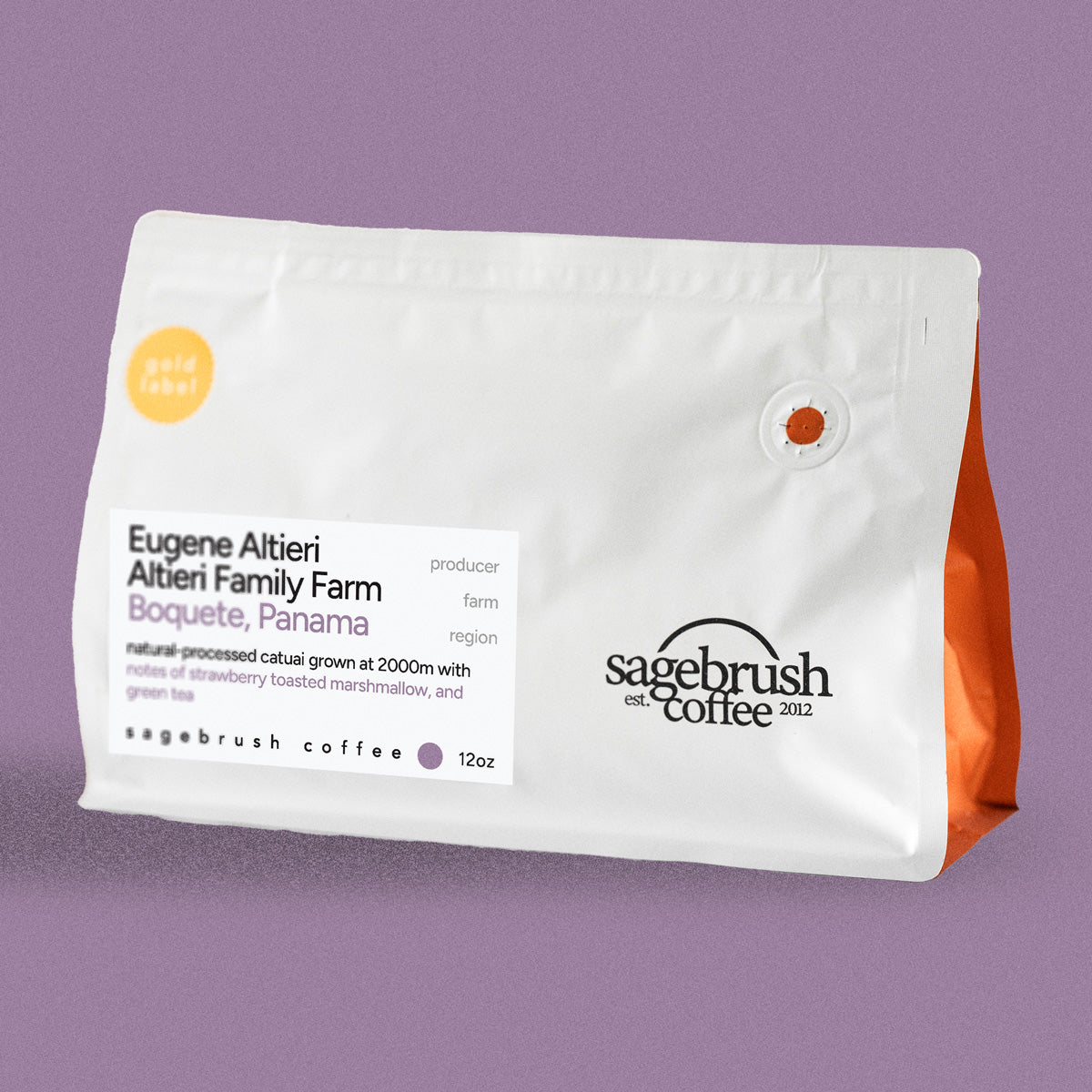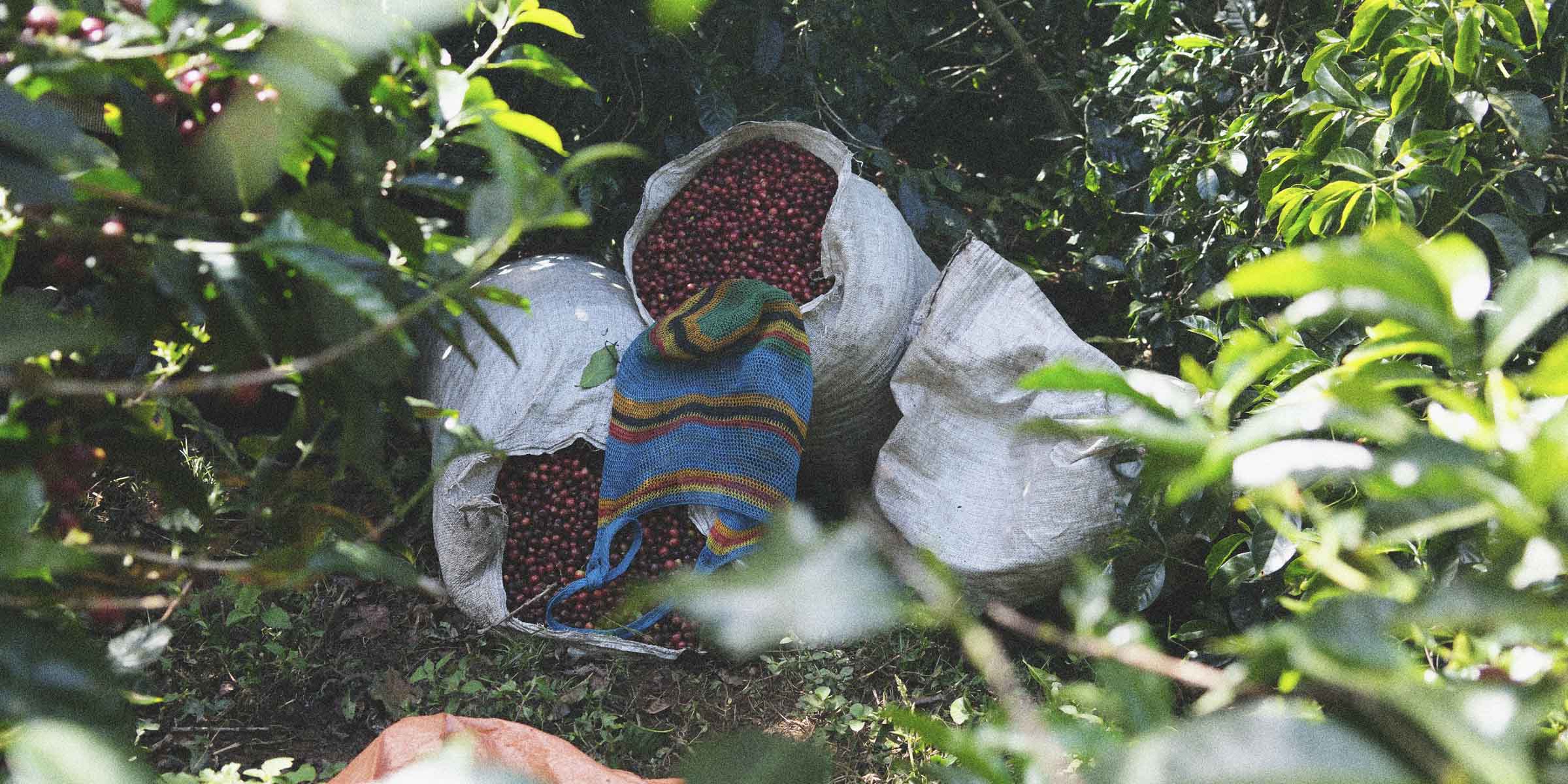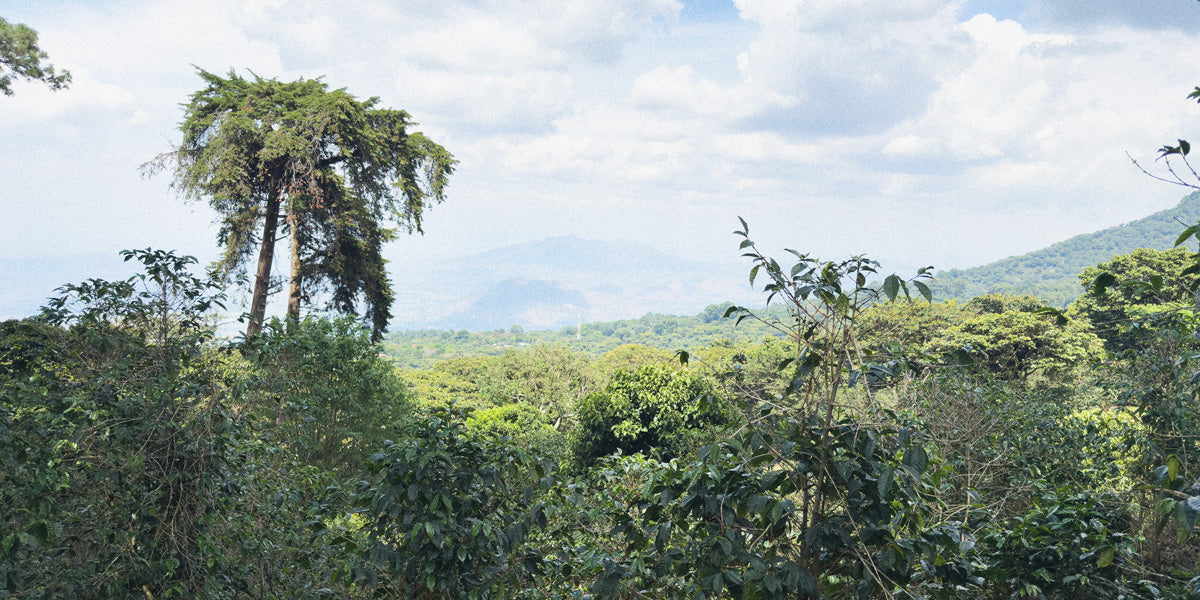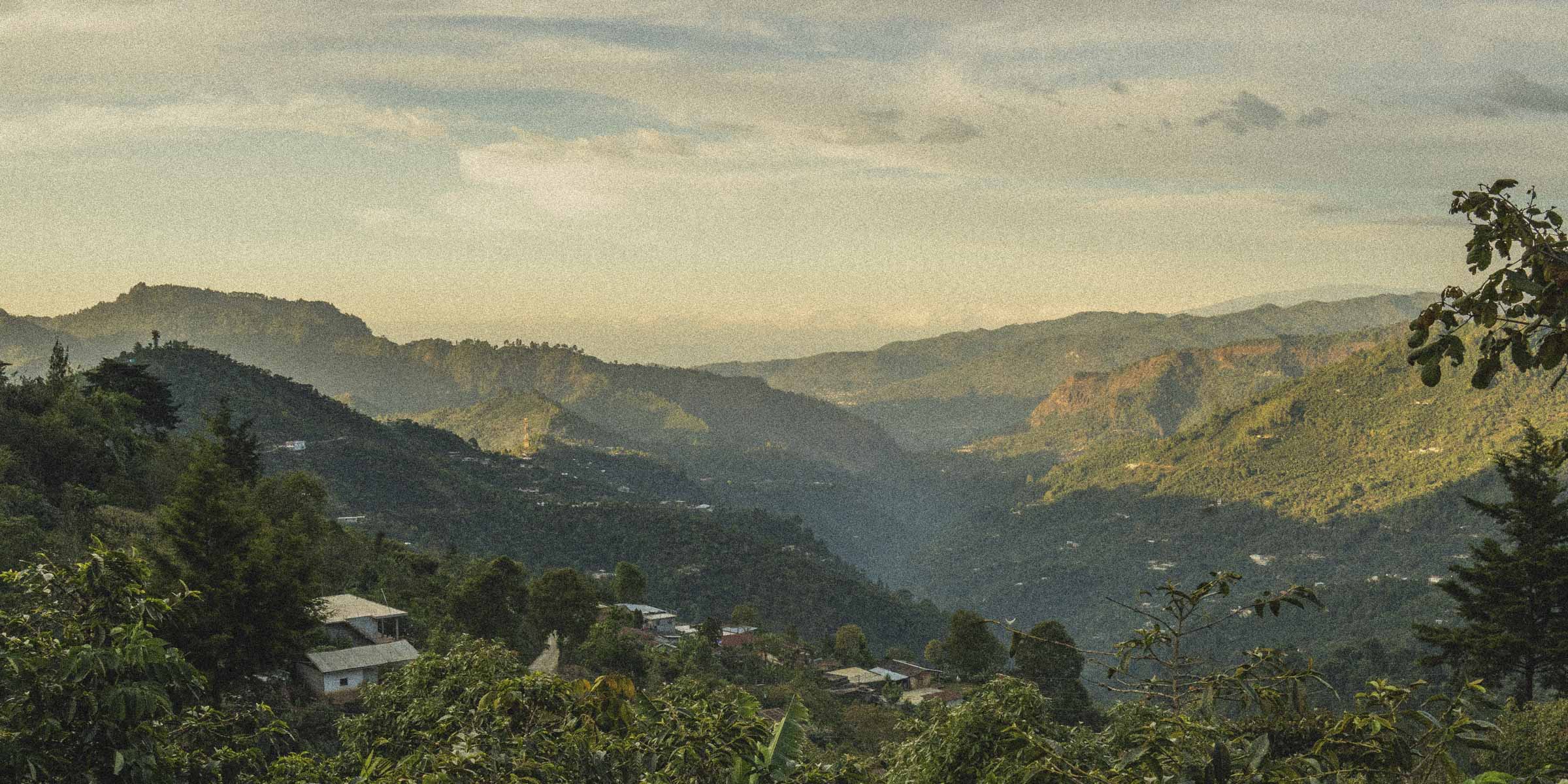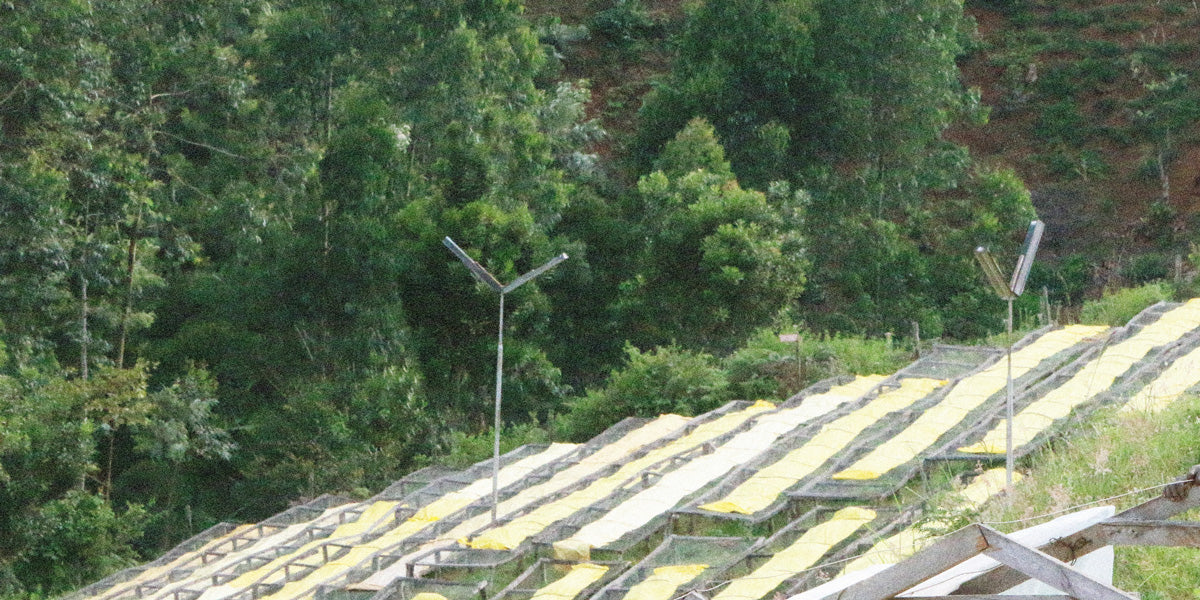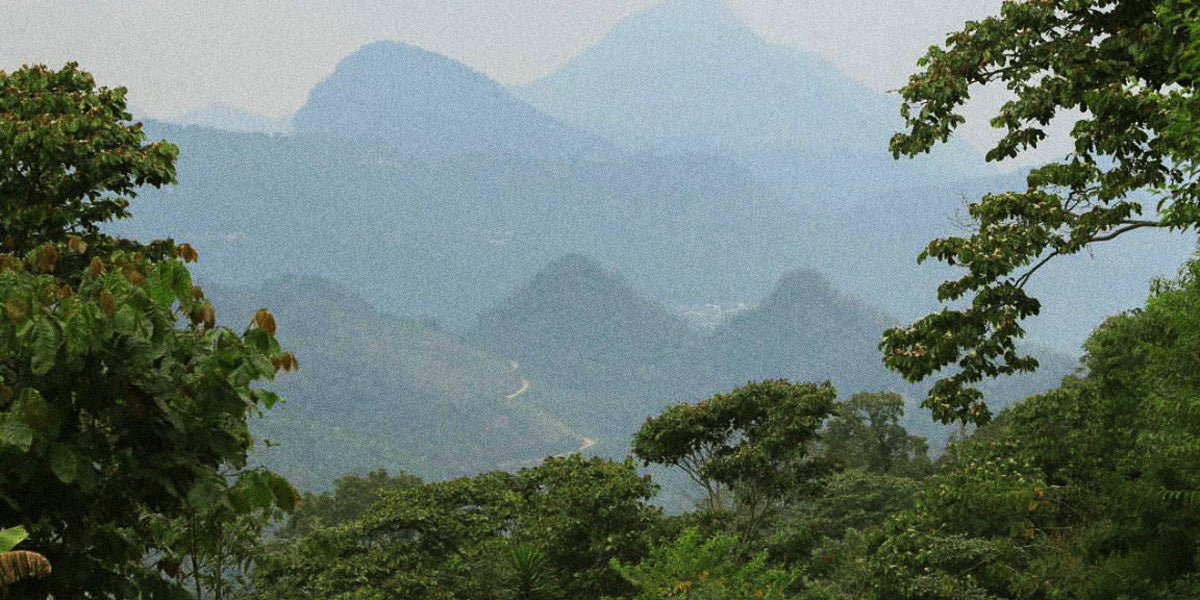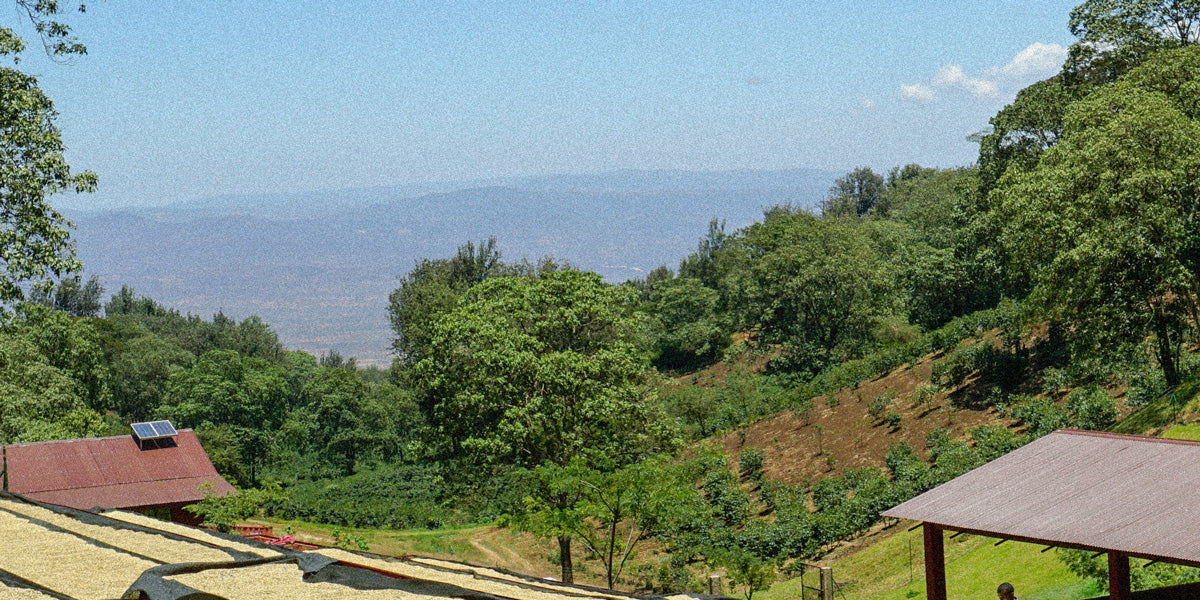Coffee Terroir Overview •
Read our Terroir articleCoffee Terroir Guide: Panama isn't just the Home of Gesha Coffee
History
In the late 18th century, right around the time Panama was declaring its independence from Spain, the first coffee was making its way into the country.
Stories vary on how this came about.
Was it Spanish friars seeking to diversify the region’s economy? An English captain and his Panamanian wife with a dream of running their own coffee farm? Through a Spanish settler named Pedro Antonio de Ayarza?
Whoever it was that first brought coffee to Panama, the first written record of coffee being planted is in the 1780s. At first, it was planted in the low-lying area of Portobello–the absolute wrong place for coffee cultivation.
Eventually, someone figured this out and in the 1820s, coffee was moved into the mountains of the Boquete Valley and thrived!
Since its introduction to the country, coffee has been produced on a rather small scale in Panama.
But in 1997, the Specialty Coffee Association of Panama, or SCAP, was founded by seven producers in the Boquet and Colcan-Candela regions. The SCAP encouraged the country’s coffee farmers to focus on quality over quantity, and this has become the secret to their success.
In 1998, Panama established the first Best of Panama (BOP) competition, followed by the first international, online auction of its coffee beans a couple of years later. But the real breakthrough for Panama occurred in 2004, when Hacienda La Esmerelda’s coffee not only won the competition, but sold for record-breaking prices.
But it was no random coffee that won–it was a Gesha.
History of Gesha in Panama
Though initially brought to Panama from Costa Rica in 1963, the Gesha variety grew in obscurity for decades.
It wasn’t until the owners of the Hacienda Esmerelda farm (the Peterson family) decided to plant some of this variety in its high-elevation farms, that its dynamic flavor profile was discovered–first by the farm and then by the world!
It turns out, Panama has the perfect climate and conditions to grow Gesha. So, what makes this variety so special?
First, it’s an Ethiopian landrace variety. What on earth is an Ethiopian landrace variety, you ask?
You see, all Arabica coffee originated in Ethiopia. To this day, there are still thousands of unclassified coffee varieties growing wild! These are known as “heirloom” or “landrace” varieties.
Gesha was originally one of these before it was discovered growing in the Gori Gesha forest of Ethiopia’s Kaffa region. But it didn’t become well-known until Panama brought it to the world stage.
Since that first auction in 2004, Panama’s Gesha varieties have continued to gain world renown and break records.
In 2017, a Panama-based coffee company named Ninety Plus sold one pound of Gesha green coffee for $2,273, a record broken two years later when they sold another lot of green beans for $4,535 per pound! This trend has only continued, most recently having a lot sold from that same farm for over $13,000 per pound in 2025!
And it’s not just the money; this variety has won award after award, continually scoring high in the 90s out of 100 on the specialty coffee scoring scale.
But Gesha is not the only variety Panama grows, nor is it the end all of their coffee story.
Coffee in Panama Today
The majority of coffee is farmed by smallholders and many of them are members of the Bugle and Ngobe indigenous groups. In addition to these smaller farms, there are a decent amount of larger coffee estates, but they tend to be privately owned by immigrants from Europe or the United States.
Panama has three primary coffee-growing regions, all of which are in the highlands of the Chiriquí province: Boquete, Tierras Altas, and Renacimiento. These regions are perfect for growing coffee with their high altitudes, rich volcanic soil (from the active Volcán Barú), and unique microclimates.
Though their Gesha is what gets all the attention, the most common varieties grown in Panama are Bourbon, Typica, and Caturra. Across the board, Panamanian coffees are known to be well-balanced, bright, complex, and fruity.
Common tasting notes include jasmine and other floral notes (we’re looking at you, Gesha), citrus, and–depending on the growing region–chocolates and sweet caramel.
But it takes more than ideal growing conditions to make truly great coffee. A big part of what has made Panama so successful in this is their commitment to quality nation-wide.
From harvest to processing, Panama’s farming practices are meticulous. The size of their farms allow them to achieve a level of oversight and consistency that larger farms would struggle with.
Panama is all-in not just to the coffee industry–but specifically to the specialty coffee industry: an investment that continues to pay dividends every year.
As a roastery that’s been in this business for over a decade, we love Panama because they share our same commitment to quality and taste that we do!
Curious about trying a coffee from Panama yet? Buy some today and taste why this small country has had such a mighty impact in the coffee world.
Explore Coffees
Eugene Altieri • Natural-Processed Catuai
Eugene Altieri • Washed-Processed Gesha


